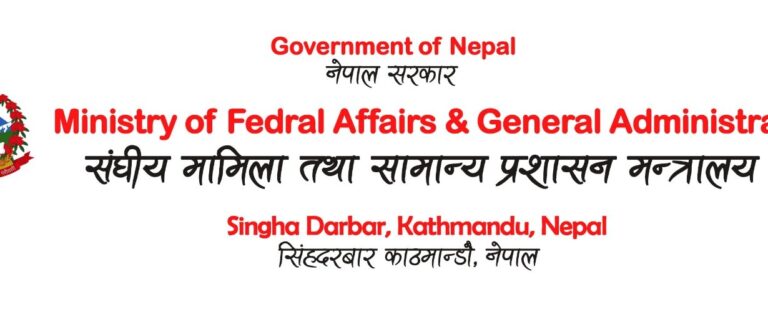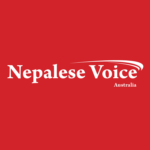
The Ministry of Federal Affairs and General Administration (MoFAGA) has issued a Child Friendly Local Governance Implementation Guideline, 2021, in a bid to ensure the protection and promotion of children’s rights at the grassroots.
The spokesperson for MoFAGA, Basanta Adhikari, said the guideline is aimed to declare all 753 local level bodies as child-friendly zones within 2030 by adopting strategies such as policy advocacy and awareness, capacity development, promotion of collaboration and partnership, community mobilization, social accountability and transparency, behavior change monitoring and evaluation, among others.
The guideline mainly focuses on addressing various legal and policy provisions laid down in the constitution, namely, Children Act, Criminal and Civil Code Act, Local Government Operation Act, Fifteenth Plan, Child Labor (Prohibition and Regulation) Act and various national and international instruments related to children.
“In order for province government and local level to fulfill their constitutional responsibilities with re-construction of the nation, Child Friendly Local Governance Implementation Guideline, 2021 has been brought to implementation to fulfill goals of the Nepal Government for a prosperous Nepal,” the guideline reads.
The guideline has set various indicators for local levels to be declared a child-friendly zone. Some of them include prenatal and postpartum care of women, access to anti-tetanus vaccine and iron pills for pregnant women, exclusive breastfeeding for six months, full immunization of children, ARV prophylaxis for children born from HIV-infected mothers, use of iodized salt, drop in the number of stunted and underweight children, end of acute malnutrition, access to basic drinking water to all households and use of toilets by each household.
Similarly, the guideline requires the local levels to ensure birth registration of children below five years, end child labor, reduce cases of child marriage to zero, reduce cases of violence against children and trafficking significantly, establish community-based child protection network, eliminate social practices such as chhaupadi and kamlari, rescue street-dependent children, make the school free of corporal punishment, reduce dropout rates, equip schools with necessary infrastructure and form child clubs.
The guideline strives to mainstream the issues of children into governance, improve indicators of the health sector, guarantee fundamental rights of children and help maintain coordination among government agencies in all three levels.
It is mandatory for each local level to spend certain amount on construction and management of child-friendly infrastructure, out of the total budget allocated for children.
As per the National Population Census-2011, Nepal’s child population of age 14 and below makes up 34.9 per cent of the total population. Children aged 16 years and below constitute 39.8 per cent of the population and 44.4 per cent are below 19 years.






